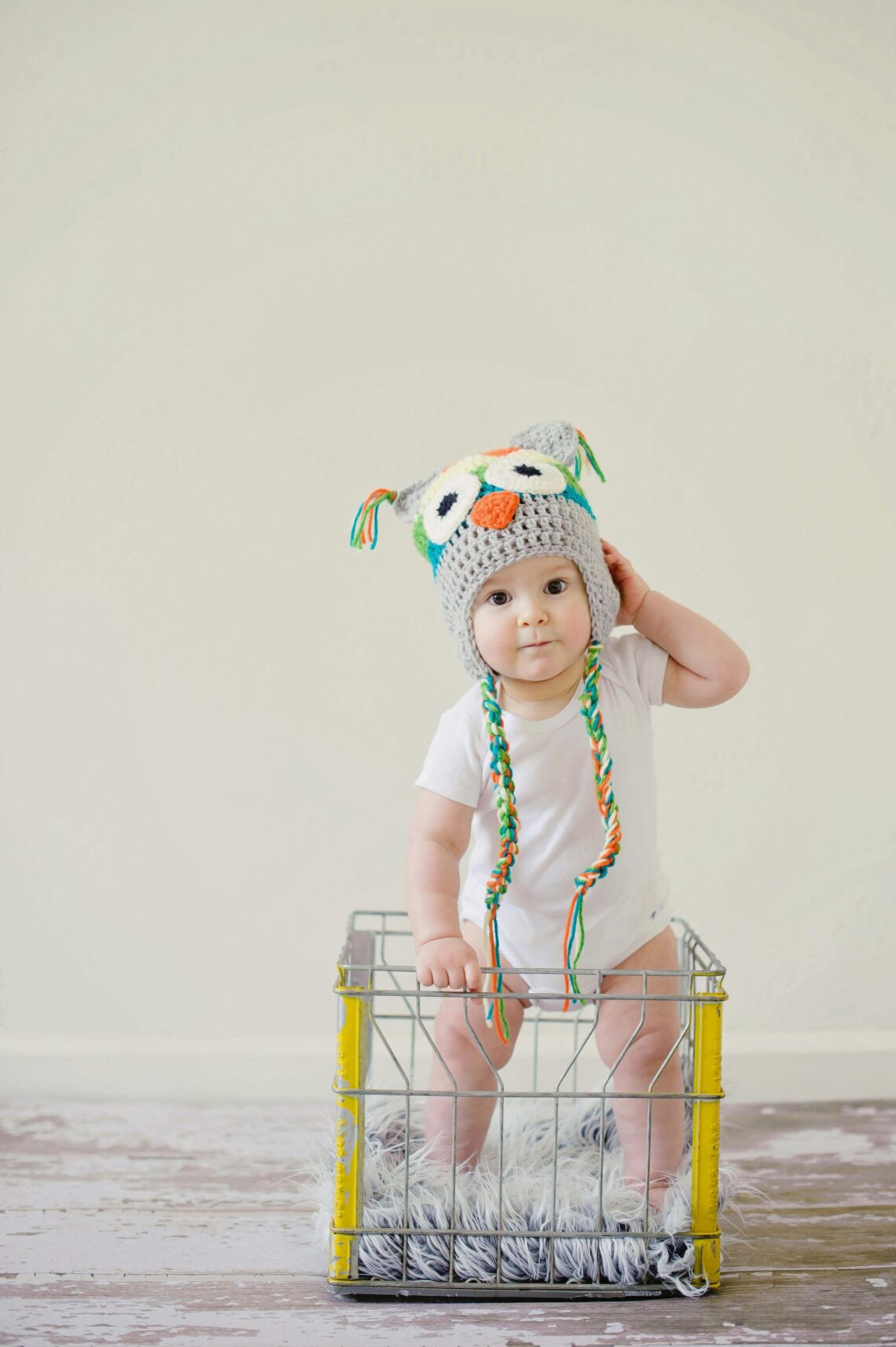Emotional skills are the tools we use to identify, express, and manage our feelings. For preschoolers, especially around age 3, these skills form the building blocks for communication, empathy, resilience, and positive social interactions.
At this early age, children are experiencing big emotions, often for the first time. Helping them navigate these feelings through emotional skills for preschoolers is crucial. The right activities can lay the foundation for emotional intelligence, improve classroom behavior, strengthen relationships, and boost overall well-being.
https://ijpes.com/index.php/ijpes/article/view/1227 shows Play-based learning is one of the most effective ways to teach emotional skills to preschoolers. These emotional activities for 3-year-olds are designed to be fun, age-appropriate, and rooted in daily life. It does help kids to connect their feelings to the world around them.
30 Fun Emotional Skills Activities for Preschoolers
These playful emotional intelligence games for kids support emotional development in toddlers through storytelling, creativity, and sensory play. Whether you’re a parent, teacher, or caregiver, you can use these activities to encourage healthy emotional expression and social-emotional learning (SEL).
- Feelings Face Ball Draw different emotion faces on a soft ball. Toss it with your child. Whichever face they catch, they name the feeling.
- Happy/Sad Sorting Use toy figures or picture cards and sort them into ‘happy’ or ‘sad’ piles. A simple way to teach empathy and facial cues.
- Emotion Dance Party Put on music that’s happy, calm, or dramatic. Dance in ways that match the feeling — a great energy release and SEL activity for preschool.
- Mirror Faces Stand in front of a mirror and make faces: happy, sad, surprised, silly. It’s a fun way to explore facial expressions.
- Storybook Pause While reading, ask your child how they think the characters feel. It sparks conversation and builds emotional vocabulary.
- Sticker Feelings Chart Let your child place a sticker on a feelings chart each day. It builds awareness of how moods change.
- Playdough Emotions Use playdough to make different facial expressions. “Can we make a happy face? Now a sleepy one?”
- “I Feel” Puppet Show Use hand puppets or toys to act out simple stories where the characters feel different emotions.
- Bubble Pop Calm Down Blow bubbles and have your child pop them while taking deep breaths. A calming, sensory regulation technique.
- Breathing Buddy Place a stuffed toy on your child’s belly. Watch it go up and down as they breathe slowly.
- Emotion Animal Walks Move like animals with different emotions — a sad penguin shuffle or an excited bunny hop.
- Emotion Snack Faces Make faces on toast or fruit using food pieces. Talk about whether the face looks happy, sleepy, or surprised.
- Feelings Matching Cards Create or buy cards showing different emotions. Match similar pairs and name them.
- Mood Music Play different genres of music and ask how it makes your child feel. Let them draw or dance in response.
- Stuffed Animal Check-In Ask your child how their teddy bear is feeling today. Let them comfort or talk to the toy.
- Emotions Obstacle Course Create small stations for happy (jump), sad (crawl), angry (stomp), etc. Great for body-mind connection.
- Calm Corner Basket Set up a quiet space with cozy pillows, soft toys, and books for calming down when big feelings hit.
- Feelings Flashlight Game Stick emotion faces on a wall. Turn off the lights and use a flashlight to spotlight one. Name it and act it out.
- Happy Hands Art Trace your child’s hands and let them color each finger based on how they’re feeling.
- Emotion Weather Chart Let your child describe their feelings as the weather: sunny, stormy, cloudy, etc.
- Kindness High-Fives When your child does something kind, celebrate it with a high-five or sticker. Reinforce empathy and care.
- Feelings Bath Time Use bath crayons to draw faces or talk about calming down while playing in the tub.
- Teddy Bear Meditations Lie down with a teddy on your belly and practice slow breathing together.
- Snack Time Talk During snack time, ask: “What made you happy today?” or “Did anything make you mad?”
- Emotion Hide-and-Seek Hide emotion cards around the room. When they find one, they act it out.
- Goodbye Worries Box Draw something that made them sad or scared. Put the paper in a special box to ‘let it go.’
- Color Your Feelings Provide crayons and ask them to color what their feelings look like today.
- Feelings Freeze Dance Play music. When it stops, freeze with a silly emotion face!
- My Feelings Book Help them make a little book where they draw or stick pictures of different emotions.
- Goodnight Feelings Talk At bedtime, ask: “What made you smile today?” or “What feeling are you taking to sleep?”
Final Thoughts: Why These Activities Matter
At age 3, children may not always have the words to express their feelings — but they can show them through play. These emotional activities for 3-year-olds are gentle ways to encourage emotional development in toddlers.
Whether you’re a parent or educator, these emotional intelligence games for kids are great tools to support SEL activities for preschool. These feelings games for preschoolers make learning emotional skills both joyful and effective.
To deepen your understanding of emotions, consider exploring the insightful articles available on The Emotional Algorithm. This platform offers a variety of resources, including discussions on emotional skills, regulation techniques, and personal growth stories. Engaging with their content can provide valuable perspectives on emotional well-being and self-care.






